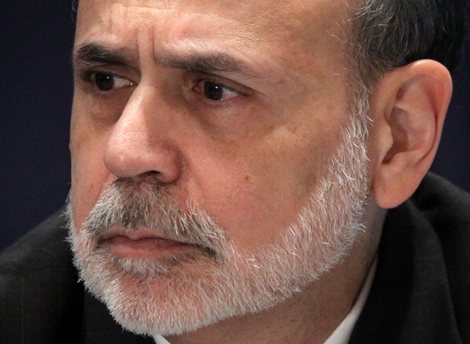“(Reuters) – UnitedHealth Group Inc , the largest U.S. health insurer, said on Thursday it kept fourth-quarter costs under control and increased revenue by more than 11 percent, helping earnings per share to rise.
The company, which provides health care benefits through both employer and government-paid insurance plans and serves individuals and military members, also backed its forecast for 2013revenue growth of at least 11 percent and said earnings would be in a range of slightly down to up 4 percent.
UnitedHealth’s business has benefited in recent years as consumers cut back on medical services because of the weak economy, but the company also has had to adapt to new rules for insurers associated with the 2010 Patient Prevention and Affordable Care Act.
“There wasn’t a whole lot of surprises in there. They came in line with consensus on earnings,” said Jason Gurda, an analyst at Leerink Swann. Operating costs were higher, he said.
UnitedHealth said that while fourth-quarter commercial medical costs rose, they were a bit lower than it expected. Its medical loss ratio, or the percentage of premiums paid for medical expenses, was 80.5 percent.
The Affordable Care Act in 2011 began requiring companies to spend at least 80 percent or 85 percent of premiums on medical care or provide a rebate to customers.
UnitedHealth, which bought 65 percent of Brazil’s Amil Participacoes for $3.5 billion during the quarter, plans to increase its stake by 25 percent through buying shares from the public during the first half of 2013. The affiliate helped push international revenues to $1 billion in the fourth quarter, the company said.
Optum, its growing health technology division, had revenue of $7.5 billion during the quarter and added $459 million to operating earnings.
FINISHES 2012 WITH 83.7 MLN CUSTOMERS…”
Full report
Comments »






 ”
”